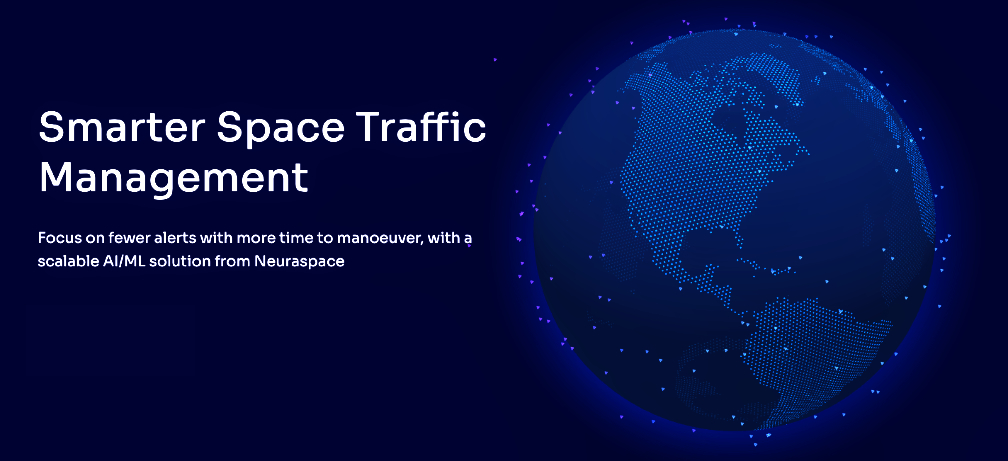
Neuraspace recently introduced “Machine Learning Prediction Plots,” giving satellite and satellite constellation operators a tool for earlier collision avoidance planning.

As a first in the space industry, the latest addition to Neuraspace’s STM software, using artificial intelligence (AI), enables operators to decide several days earlier whether to proceed with the available data or wait for additional data before making preparations for a collision avoidance maneuver. This tool gives them the means to decide if the data is good enough to make a decision.

As a result, operators, in particular those operating constellations with dozens or hundreds of satellites, have more decision time and can extend their satellites lifespan by saving valuable fuel and avoiding unnecessary maneuvers.
Neuraspace’s “Machine Learning Prediction Plots” calculate the path and forecast possible positions of the objects involved in a conjunction at the time of closest approach (TCA). Customers can access this information through either Neuraspace’s API or the company’s website app.
Only made available last year, Neuraspace’s advanced space debris monitoring and satellite collision avoidance system is already being tested by some of the largest satellite operators in the world.
Neuraspace is the first STM company introducing “Machine Learning Prediction Plots”. Until now, no space traffic management tool was capable of making such an important forecast. Satellite operators already receive a deluge of alerts, most of them false, and therefore perform many unnecessary but costly maneuvers. A 300 satellite constellation may receive about 580 alerts, requiring human intervention and satellite maneuvers, per year. With an emergency maneuver in LEO costing about €25,000, this adds up to a staggering cost of €14 million per year. Saving some of these immense costs will make a huge impact. With the existing huge amount of space debris and the expected growth of space traffic in LEO, the future evolution of the space industry will become uncertain, inefficient, and costly if not addressed.”
Chiara Manfletti, director and chief operating officer of Neuraspace
